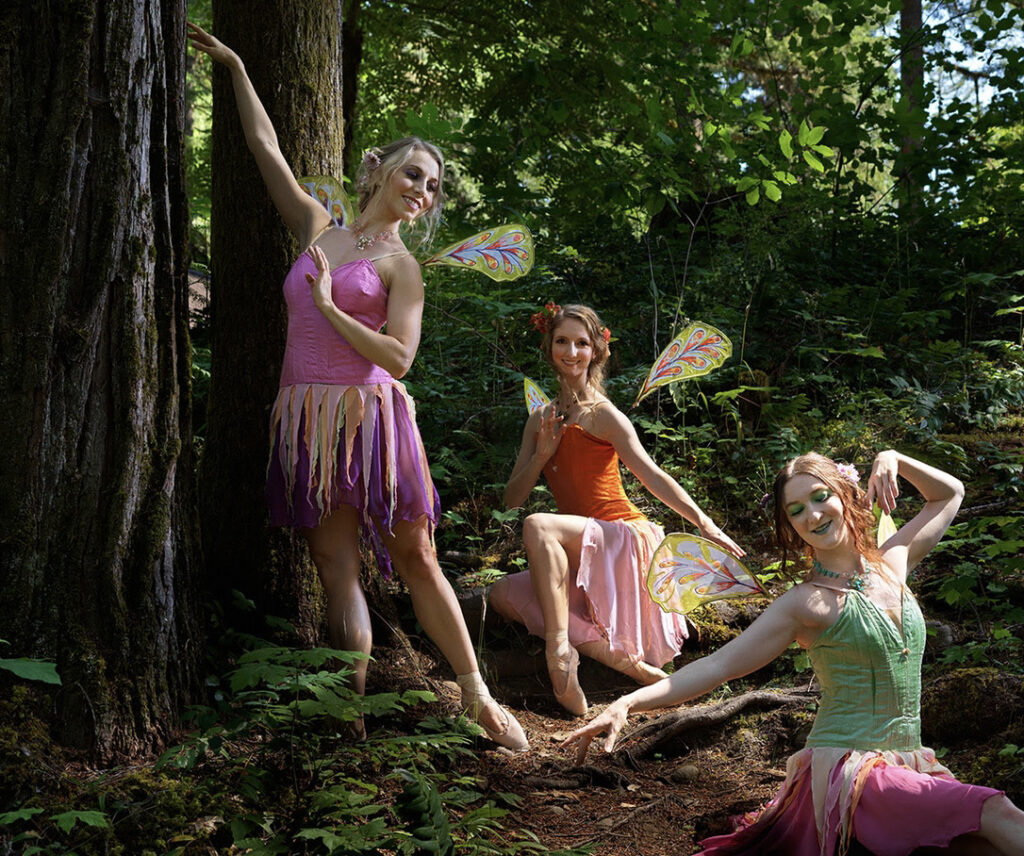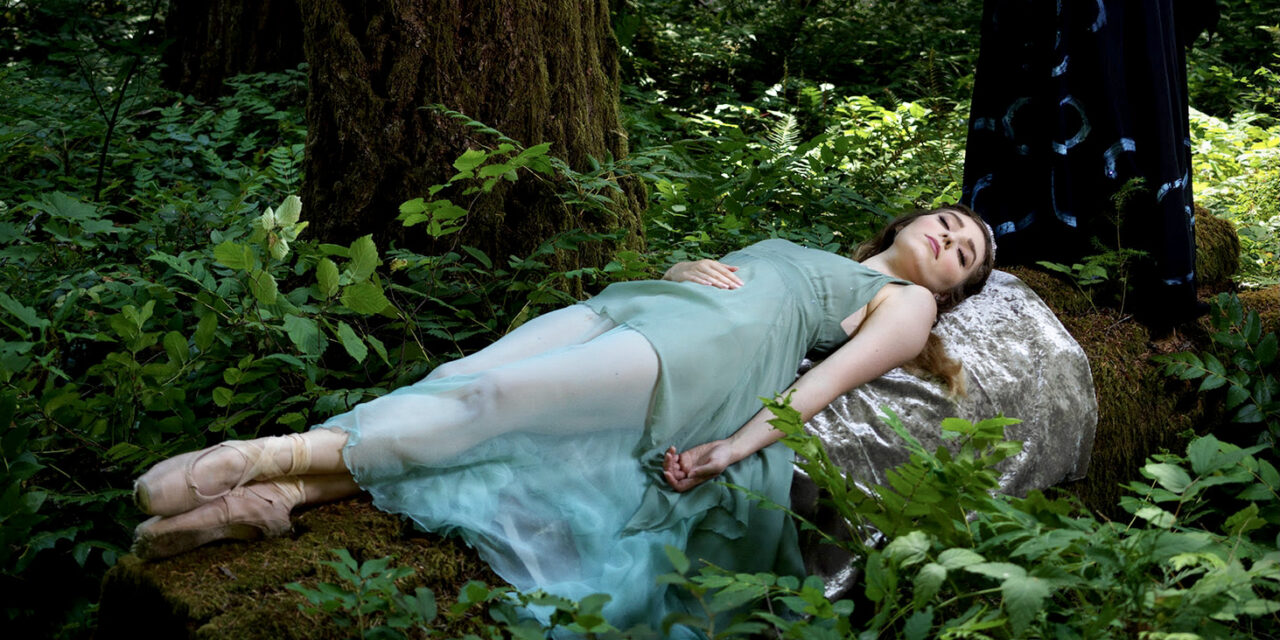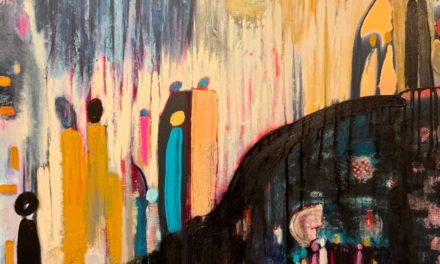By Randi Bjornstad
The Sleeping Beauty has been a classic among ballet performances since it first took to the stage 132 years ago, in St. Petersburg, Russia.
Composed by Pyotr Tchaikovsky, it is the classic plot of true love that has been repeated many thousands of times in books, poems, movies, songs, and of course, dance.
The person may not exist who hasn’t heard of this plot in some form or fashion, regardless of location, culture, or social station: A royal family announces the birth of a beautiful baby princess, named Aurora, and the people of the realm come together to pay homage to the child. One of those who appears is an evil sorceress, Carabosse, angry because she was not invited. She puts a curse on the babe that on her 16th birthday, she will prick her finger on a spindle and die. A benevolent fairy who also is present cannot undo the curse, but she softens it, saying that the girl will not die but will fall into a deep sleep for 100 years, from which she can be awakened only by the kiss of a prince offering true love. By her 16th birthday, the curse has been all but forgotten, and a joyous ball is planned to celebrate. The evil sorceress appears at the fête with a gift of roses, in which a spindle is hidden. Aurora pricks a finger and falls into the foreordained deep sleep, along with everyone else in the court. A century later, a handsome prince, Désiré, passes through the forest and sees a vision of Aurora, with whom he dances and instantly falls in love. When the vision disappears, he implores the fairy who created it to take him to the beautiful princess. She guides him to the castle, where Carabosse immediately wages war against him and his intention to woo Aurora. With the help of the fairies, he triumphs over the sorcery, approaches the sleeping princess, and awakens her with the kiss of true love. Goodness triumphs over evil, a grand and triumphant wedding is planned, and, of course, they live happily ever after.
Choreographer Marius Petipa, a French-Russian ballet dancer and teacher as well as choreographer, began dancing at age 9 with his performer father’s dance company and at age 16 began choreographing his own ballets. After creating The Sleeping Beauty with Tchaikovsky’s music, he went on to choreograph The Nutcracker and Swan Lake, followed by Raymonda, all of which had considerable influence on ballet during the 20th century, moving the art form away from the romantic toward physical technique.
Jennifer Martin, associate artistic director of Eugene Ballet, who danced the role of Princess Aurora in 1999, has described it as “one of the most demanding in the classical ballet world,” posing a different dance challenge in each act of the ballet.
Martin returns to the stage in this production in the role of the evil sorceress, Carabosse, while the role of Aurora is performed by a veteran member of the troupe, Danielle Tolmie and the company’s newest principal dancer, Sarah Kosterman.
Eugene Ballet’s The Sleeping Beauty
When: 7:30 p.m. on Friday, Nov. 4; and 2 p.m. on Saturday and Sunday, Nov. 5-6
Where: Silva Concert Hall, Hult Center for the Performing Arts, One Eugene Center (7th and Willamette streets), Eugene
Tickets: $12.50 to $60, available at the Hult Center ticket office, 541-682-5000, or online at eugeneballet.org or hultcenter.org

Three good fairies watch over the enchanted princess as they await her awakening, in Eugene Ballet’s performance of “The Sleeping Beauty”








